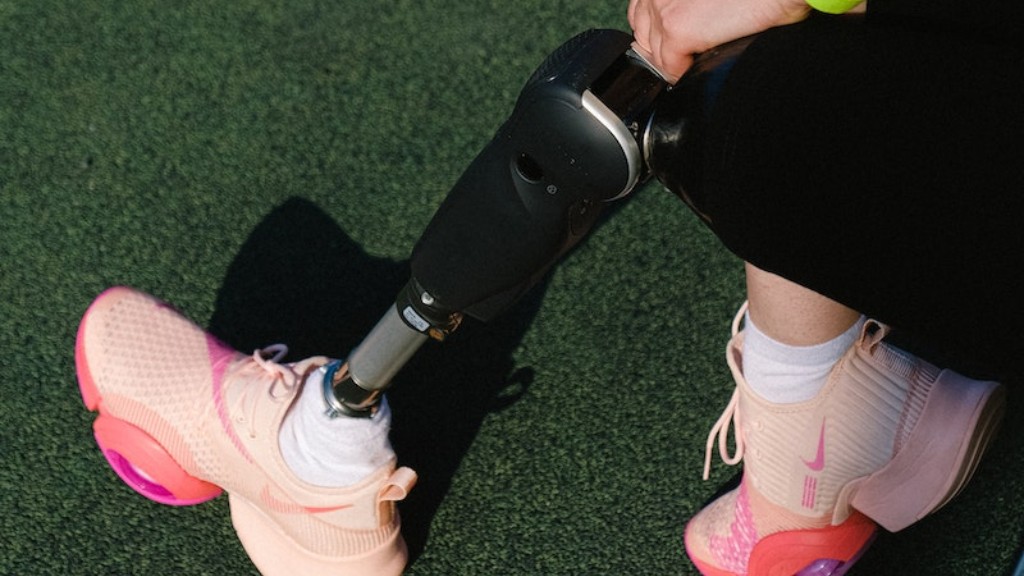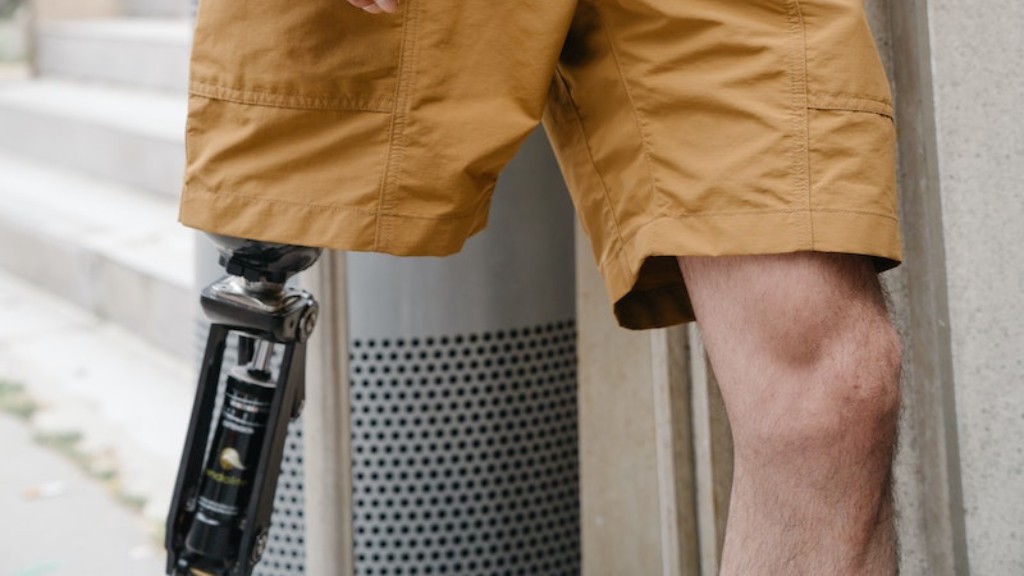Prosthetic Groups: Fact or Fiction?
In the vast and intricate world of biochemistry, prosthetic groups play a crucial role in the proper functioning of many proteins. These small molecules, often organic in nature, tightly bind to proteins, acting as indispensable co-factors in enzymatic reactions, electron transfer processes, and even facilitating structural stability. However, as with any scientific concept, it is essential to critically examine the prevailing knowledge and distinguish facts from misconceptions. This op-ed piece aims to clarify one particular aspect by debunking a commonly held belief: that all prosthetic groups are derived from vitamins.
Anatomy of a Prosthetic Group
A prosthetic group is a composite entity that non-covalently or covalently attaches to a protein, forming what is referred to as a holoenzyme. This union is essential for the protein’s proper function. One characteristic of prosthetic groups is their organic nature, derived not only from vitamins but also from other molecules such as metals, nucleotides, and lipids.
Prosthetic Groups: Not Limited to Vitamins
While vitamins are indeed a significant source of prosthetic groups, they are not the exclusive origin. Metal ions also play a crucial role in modulating protein function. For instance, iron-sulfur clusters function as prosthetic groups in several enzymes involved in key biological processes, such as electron transfer and DNA repair.
Furthermore, heme, a molecule derived from the breakdown of hemoglobin, constitutes an essential prosthetic group in proteins such as cytochromes, which are involved in electron transport chains.
Misconceptions and Consequences
The misconception that all prosthetic groups originate from vitamins may lead to a narrowed perspective in the field of biochemistry. By disregarding the importance of metal ions and other non-vitamin-derived prosthetic groups, researchers may overlook potential therapeutic strategies or fail to fully understand the intricate mechanisms underlying enzymatic reactions.
Moreover, the emphasis on vitamins as the primary source of prosthetic groups may perpetuate an oversimplified understanding of human nutrition. While vitamins are undeniably vital nutrients, an exaggerated focus on them may overshadow the importance of other essential elements and molecules.
Food for Thought
As scientists and students of biochemistry, it is important to constantly challenge prevailing knowledge and question commonly held beliefs. By exploring alternative possibilities and expanding our understanding of prosthetic groups, we open new doors for scientific exploration and innovation.
So, the next time you encounter a discussion about prosthetic groups, keep an open mind, and remember: the truth may lie beyond the conventional wisdom.
References:
- Drennan, C. L., & Sutherland, R. L. (2001). Insights into metallocofactor maturation by integrating biochemistry and X-ray crystallography. Structure, 9(7), R1-R6.
- Kaushal, P. S., Khor, Y. P., & Kong, X. D. (2018). Structural and Functional Roles of Prosthetic Groups in Bacterial Nitric Oxide Reductase. Frontiers in microbiology, 9, 1545.
- Smith, A. D., Kendrick, N. F., & Gums, J. G. (1993). Prosthetic groups: vital cofactors or disease promoters? The American journal of clinical nutrition, 57(5 Suppl), S697-S701.


